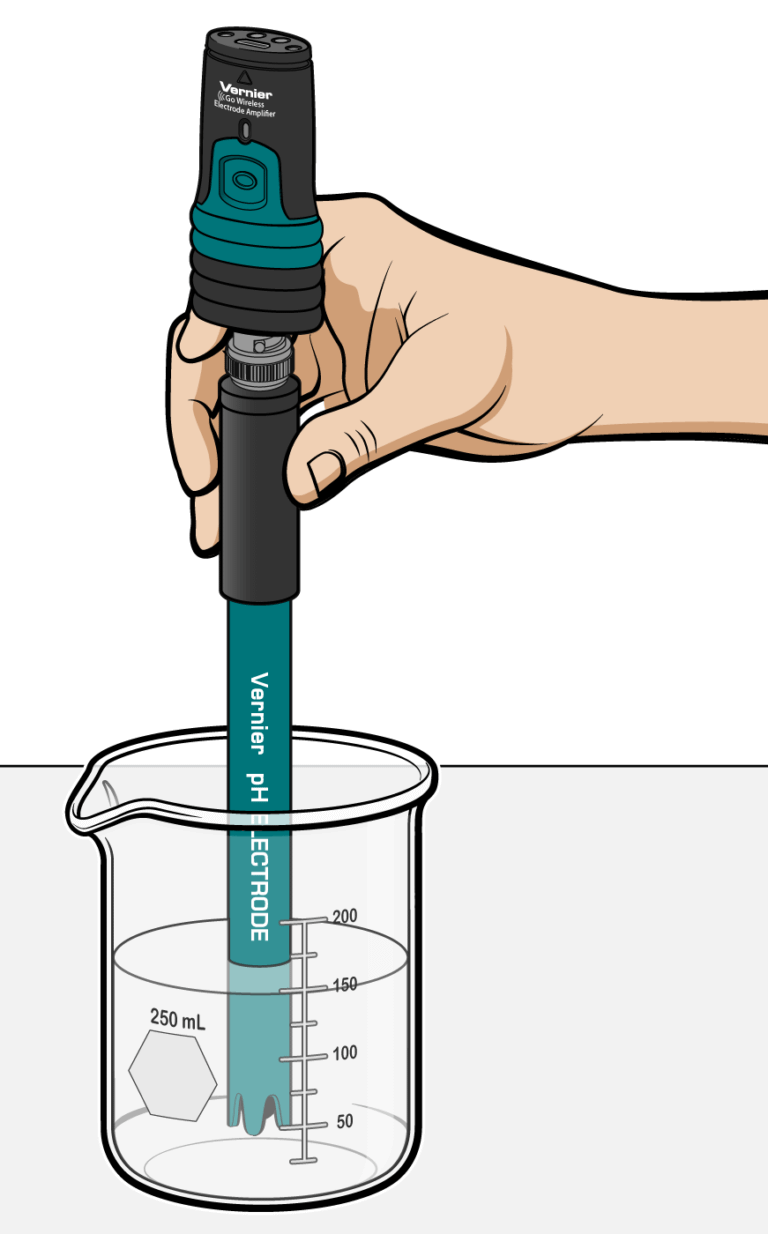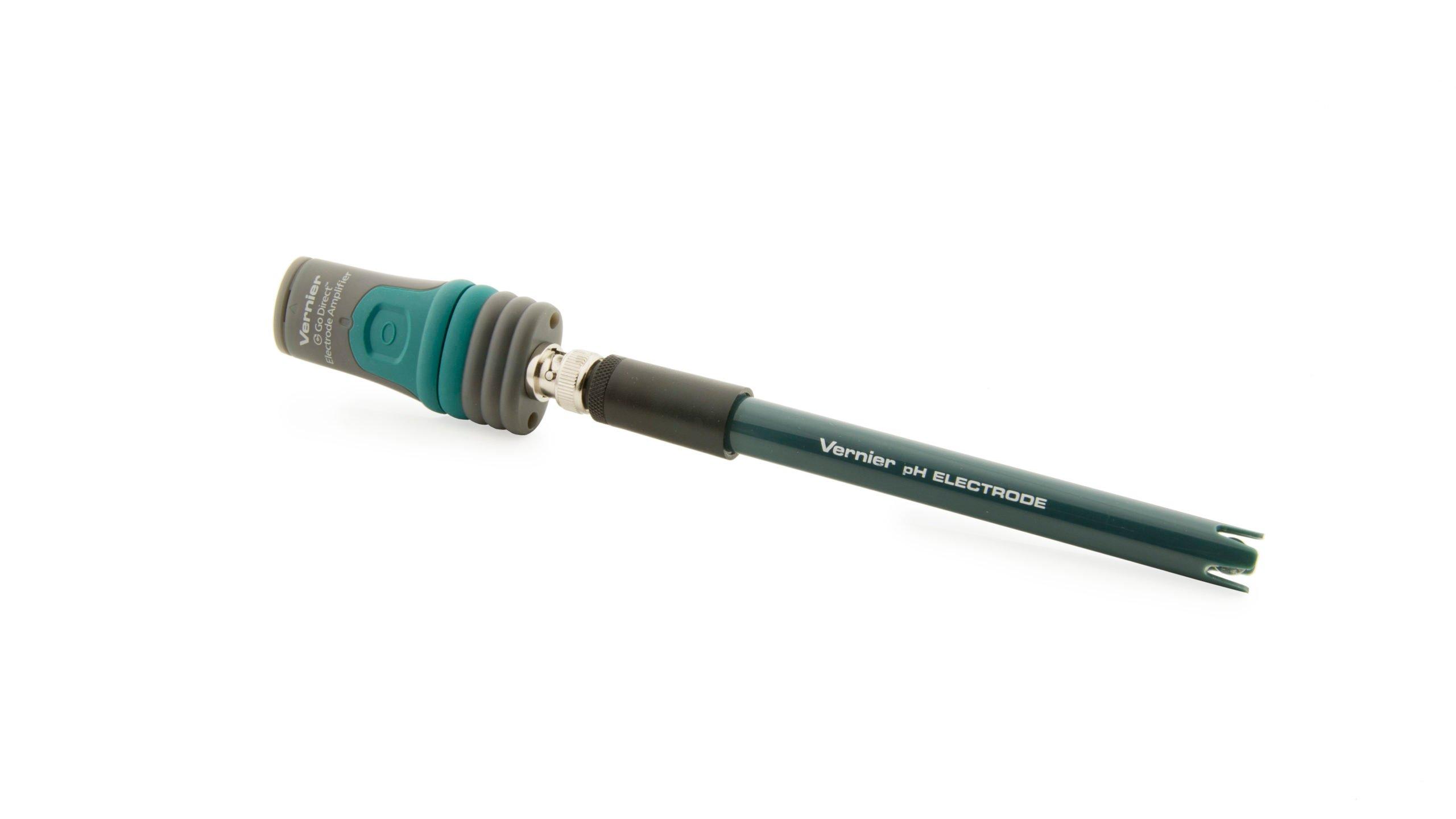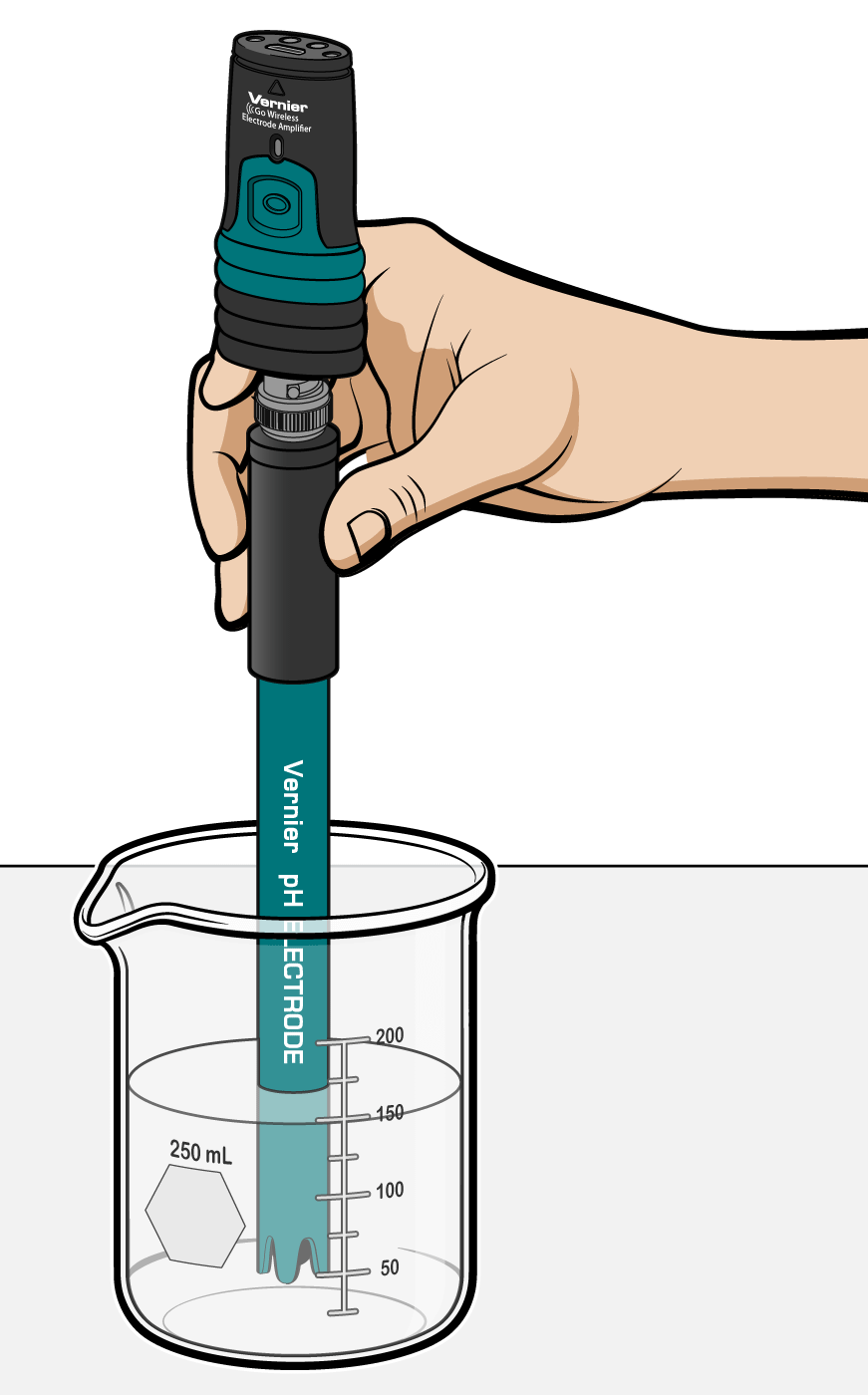
Introduction
Acid rain can be very harmful to the environment. It can kill fish by lowering the pH of lakes and rivers. It can harm trees and plants by burning their leaves and depriving them of nutrients. In addition, it can weather away stone buildings and monuments. But why is it more of a problem in some places than others?
To answer this question, let’s first look at how rain becomes acidic. Carbon dioxide (CO2) is a gas found naturally in the air. When CO2 dissolves into rain droplets, it produces a weak acid called carbonic acid, H2CO3. This makes rain slightly acidic naturally. Rain of pH 5 to 6 is common and does not generally cause any problems. When fossil fuels are burned, however, gases such as sulfur dioxide (SO2) are released into the air. When sulfur dioxide dissolves into rain droplets, sulfuric acid, H2SO4, is formed. This rain can be as acidic as pH 4. Figure 1 shows the trend of rain pH in the United States in a typical year. Notice that the most acidic rain occurs over and downwind of heavily populated and industrialized areas.
Not every location that receives acid rain has a problem. Some soils contain substances that will help neutralize acid rain. These substances, called buffers, are commonly composed of limestone, calcium carbonate, or calcium bicarbonate. They also help stabilize the pH to protect it from future pH fluctuations. Farmers and foresters sometimes increase the buffering capacity, the ability of their soil to neutralize the acid, by adding a buffer such as limestone to the soil. This process is called liming. Liming not only provides nutrients needed by plants, it also increases the buffering capacity of soils so that the damage from acid rain is reduced.
In this experiment, you will use a pH sensor to measure the pH of acid rain. You will then allow the acid rain to filter through two different types of soil. The run-off will be collected and its pH retested to determine your soil’s buffering capacity.
Objectives
In this experiment, you will
- Use a pH sensor to measure the pH of acid rain.
- Use a pH sensor to measure the change in pH as acid rain passes through soil.
- Interpret your results.
Sensors and Equipment
This experiment features the following sensors and equipment. Additional equipment may be required.
Ready to Experiment?
Ask an Expert
Get answers to your questions about how to teach this experiment with our support team.
- Call toll-free: 888-837-6437
- Chat with Us
- Email support@vernier.com
Purchase the Lab Book
This experiment is #8 of Earth Science with Vernier. The experiment in the book includes student instructions as well as instructor information for set up, helpful hints, and sample graphs and data.



